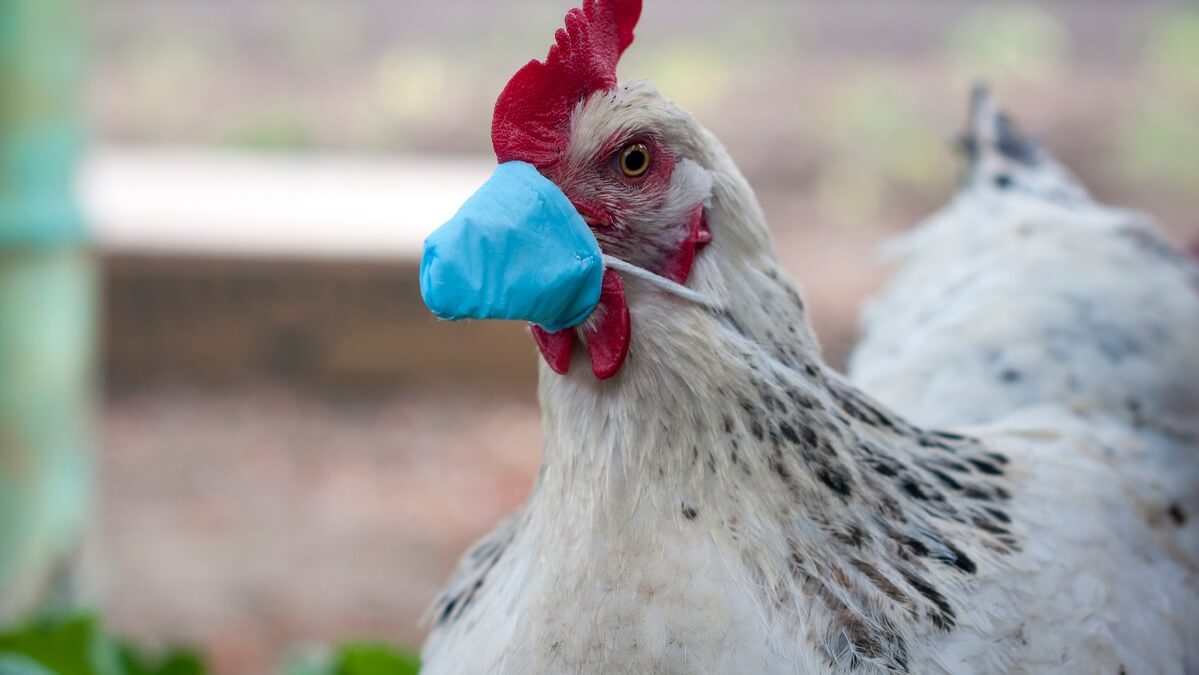The events of the past decade or so – avian flu and COVID among them – mean many of us are now far more informed on the subject of viruses than ever.
While avian flu has been known to spread to mammals, this new strain of a virus that has been with us for some time, H5N1, appears to be spreading between mammals, and that could have devastating consequences.
Evidence collected so far suggests the new H5N1 strain has jumped from birds to several species of fox, otters, seals and farmed minks
It’s within minks that the virus appears to be spreading.
Such a spread within a single species of mammal is not necessarily a problem on its own, but the fear is that the virus will develop genetic mutations as it spreads between minks. This could help it better infect other mammals – including humans.
The good news is you don’t have to barricade yourself inside for another extended period – at least, not yet.
According to Professor Bill Rawlinson, a virologist from UNSW, while the situation presents concerns for animal health, there’s no cause for alarm in humans at this stage.
“The worry is a deadly H5N1 strain could mutate in a mammal like a mink and become more adaptable to people, but it doesn’t appear we’re on the cusp of that at the moment,” he said.
“The overall risk of contracting it is quite low,” he said, “but the risk may be slightly higher for those who have close unprotected contact with infected birds and their saliva, mucous, and faeces in industries like poultry.”
While transmission of H5N1 to humans is rare, the consequences have been lethal for many of those unlucky enough to contract it.
In a recent update on the virus published by the World Health Organization, in the 20 years since January 2003 there have been 868 cases of human infection with the H5N1 virus reported from 21 countries.
More than half of those – 457 – proved fatal.
Clearly H5N1 needs to be taken seriously. One surprising way in which the general population can assist with restricting the spread, says Prof. Rawlinson, is to vaccinate against ordinary human flu.
This may reduce the capacity for a person to host, and mix, avian and human strains, he said.
“It’s not so much about cross-protection with avian flu, although there may be a small amount. But by vaccinating against human flu, we’re less likely to see a mixing of avian and human flu strains.”
Also read: Stopped regular health checks since COVID? You may be at risk

